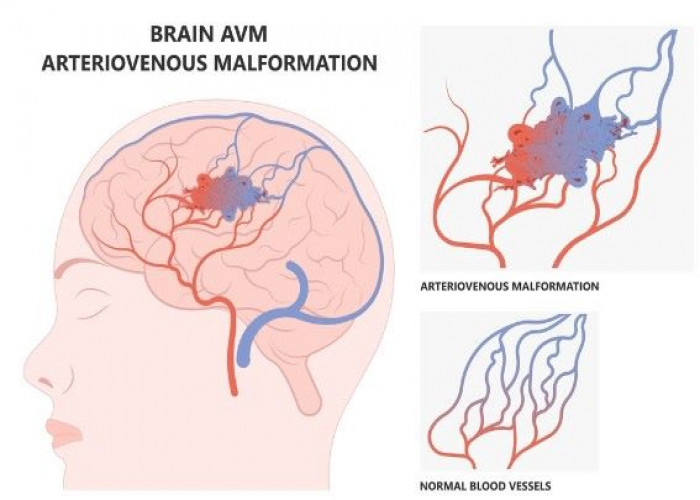 Welcome
Welcome
“May all be happy, may all be healed, may all be at peace and may no one ever suffer."
Dural arteriovenous fistulas
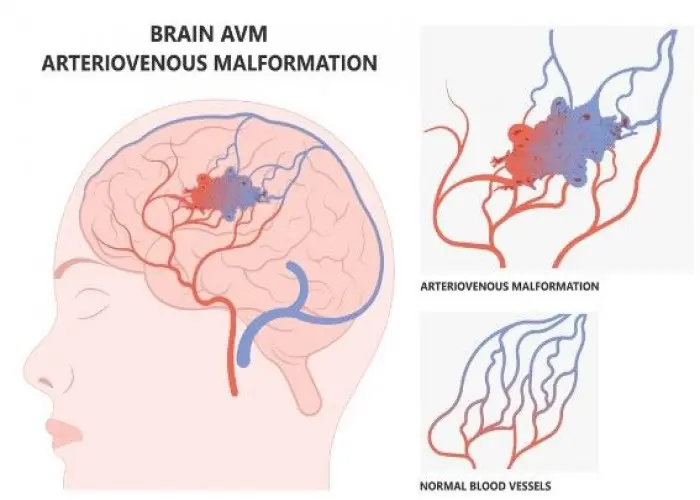
Dural arteriovenous fistulas (DAVFs) are abnormal connections between arteries and veins in the lining of the brain or spinal cord, known as the dura mater. These abnormal connections can lead to an accumulation of blood in the veins, which can cause a range of symptoms.
DAVFs are rare and often go undiagnosed, as they may not produce any symptoms. When symptoms do occur, they can include severe headaches, tinnitus (ringing in the ears), vision problems, weakness, numbness, and seizures. In some cases, DAVFs can also lead to more serious complications, such as stroke or brain hemorrhage.
The exact cause of DAVFs is not known, but they are thought to be related to a combination of genetic and environmental factors. They are more common in men than in women and are most often diagnosed in people over the age of 50.
Treatment for DAVFs may depend on the location and severity of the abnormal connection, as well as the presence of symptoms. In some cases, medication or endovascular embolization (a minimally invasive procedure that uses a catheter to inject glue or coils into the abnormal connection to block blood flow) may be used to treat the DAVF. In more severe cases, surgery may be required to remove the abnormal connection and prevent further complications.
Overall, the prognosis for DAVFs can vary widely depending on the severity and location of the abnormal connection, as well as the presence of any underlying health conditions. Early diagnosis and treatment are important for improving the outlook for people with DAVFs.
Research Papers
Disease Signs and Symptoms
- Difficulty walking
- Lose balance
- Double vision (diplopia)
- Nausea or vomiting
- Headaches
- Swollen eye (Conjunctivitis)
- Apathy
- Weakness
- Poor coordination
- Facial pain
- Speech problems
- Seizures
- Blurred vision of eye
Disease Causes
Dural arteriovenous fistulas
Most dural arteriovenous fistulas have no clear origin, although some result from identifiable causes such as traumatic head injury (or traumatic AV fistula), infection, previous brain surgery, venous thrombosis or tumors. Most authorities think that dAVFs involving the larger brain veins usually arise from progressive narrowing or blockage of one of the brain's venous sinuses, which route circulated blood from the brain back to the heart.
Disease Prevents
Disease Treatments
Treatment for dural arteriovenous fistula generally involves surgery to block or disconnect the fistula.
Dural arteriovenous fistula surgery
- Endovascular procedures. In an endovascular procedure, your doctor may insert a long, thin tube (catheter) into a blood vessel in your leg or groin and thread it through blood vessels to the dural arteriovenous fistula using X-ray imaging.
- Your doctor inserts the catheter into the blood vessel that leads to the dAVF and releases coils or a glue-like substance to block the abnormal connection in the blood vessels.
- Stereotactic radiosurgery. In stereotactic radiosurgery your doctor uses precisely focused radiation to block the abnormal connection in the blood vessels. The high dose of radiation delivered to the fistula causes blood vessels to close off, destroying the dAVF. The different types of technology used to perform dAVF stereotactic radiosurgery include the linear accelerator (LINAC), Gamma Knife and proton beam therapy.
- dAVF surgery. If an endovascular procedure or stereotactic radiosurgery aren't options for you, you may need dAVF surgery. Surgery may be performed to disconnect the dAVF or cut off the blood supply and remove the fistula.
Disease Diagnoses
Disease Allopathic Generics
Disease Ayurvedic Generics
Disease Homeopathic Generics
Disease yoga
Dural arteriovenous fistulas and Learn More about Diseases

Boils (Absces or Carbuncles)

Diarrhea

Hives (Cold urticaria)

Leucorrhoea
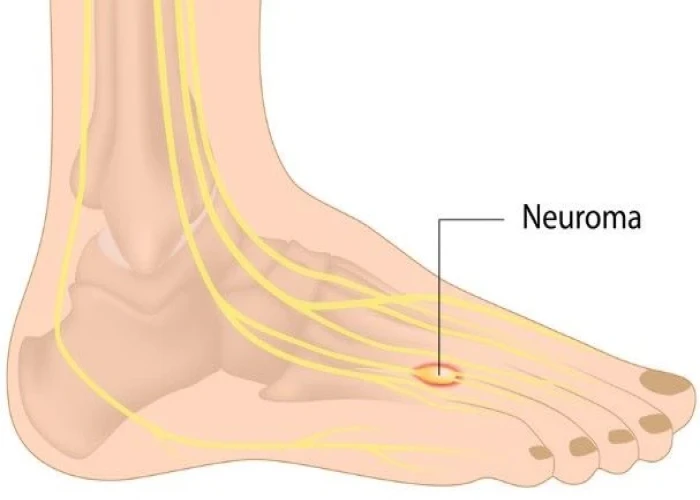
Morton's neuroma
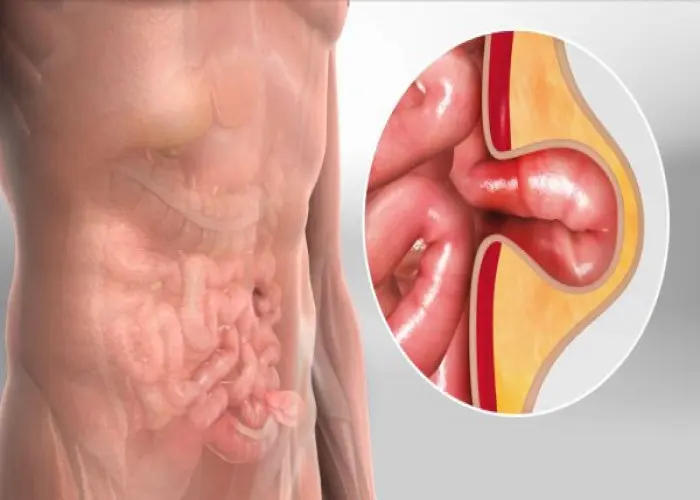
Hernia
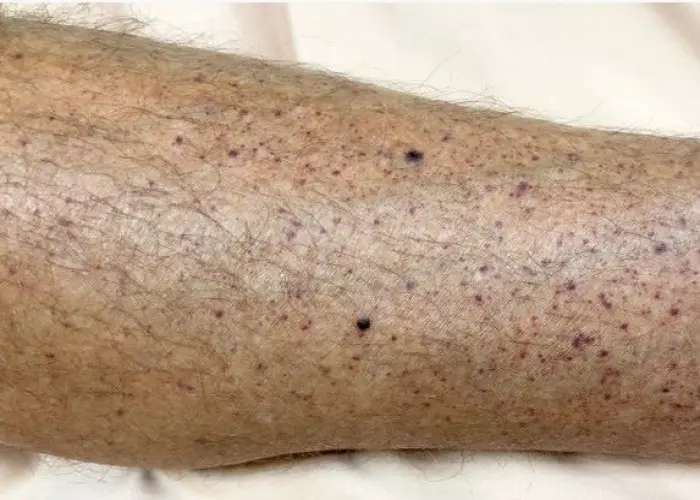
Immune thrombocytopenia (ITP)
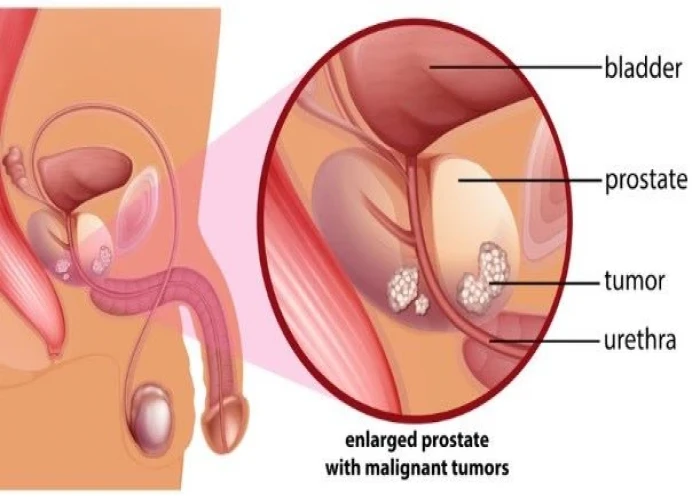
Prostate cancer
Dural arteriovenous fistulas, davf, ডুরাল আর্টেরিওভেনাস ফিস্টুলাস, ডিএভিএফ
To be happy, beautiful, healthy, wealthy, hale and long-lived stay with DM3S.
